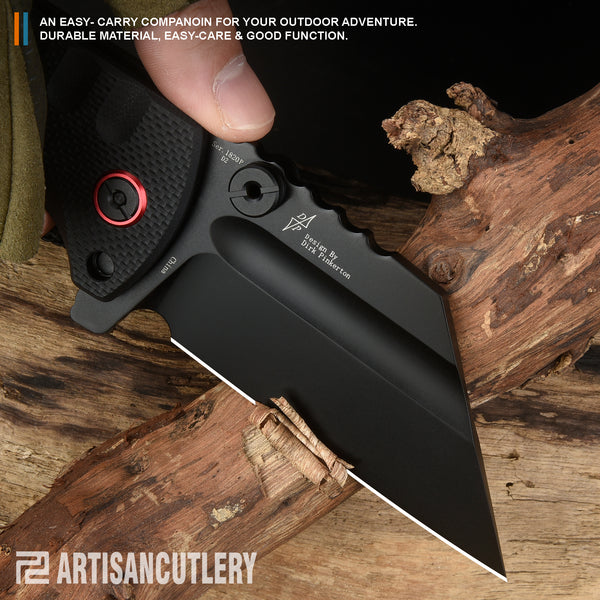Understanding Knife Anatomy
One of the fundamental aspects of mastering basic knife skills is understanding the anatomy of a knife. From the blade to the handle, each part plays a crucial role in the knife's functionality. The tang, bolster, spine, and edge are all essential components that determine the knife's balance, durability, and cutting performance.

Proper Grip and Stance
When it comes to techniques every knife enthusiast should know, mastering the proper grip and stance is key. Whether you prefer the pinch grip or the hammer grip, finding a comfortable and secure way to hold the knife is essential for precision and safety. Additionally, maintaining the correct stance while cutting, whether it's the claw grip for chopping or the slicing motion for delicate tasks, can make a significant difference in your cutting efficiency.
Knife Sharpening and Maintenance
Another crucial aspect of mastering basic knife skills is learning how to sharpen and maintain your knives. A dull blade not only hinders your cutting performance but can also be dangerous. Using a sharpening stone or honing rod to maintain the blade's sharpness is essential for any knife enthusiast. Additionally, proper storage and cleaning techniques can prolong the life of your knives and ensure they remain in top condition.
Knife Safety and Handling
When delving into the world of knife skills every enthusiast should master, safety should always be a top priority. Proper handling techniques, such as passing the knife handle first and never leaving a knife in a sink full of water, can prevent accidents and injuries. Understanding how to safely store your knives, whether in a knife block or on a magnetic strip, is also crucial for maintaining a safe kitchen environment.








